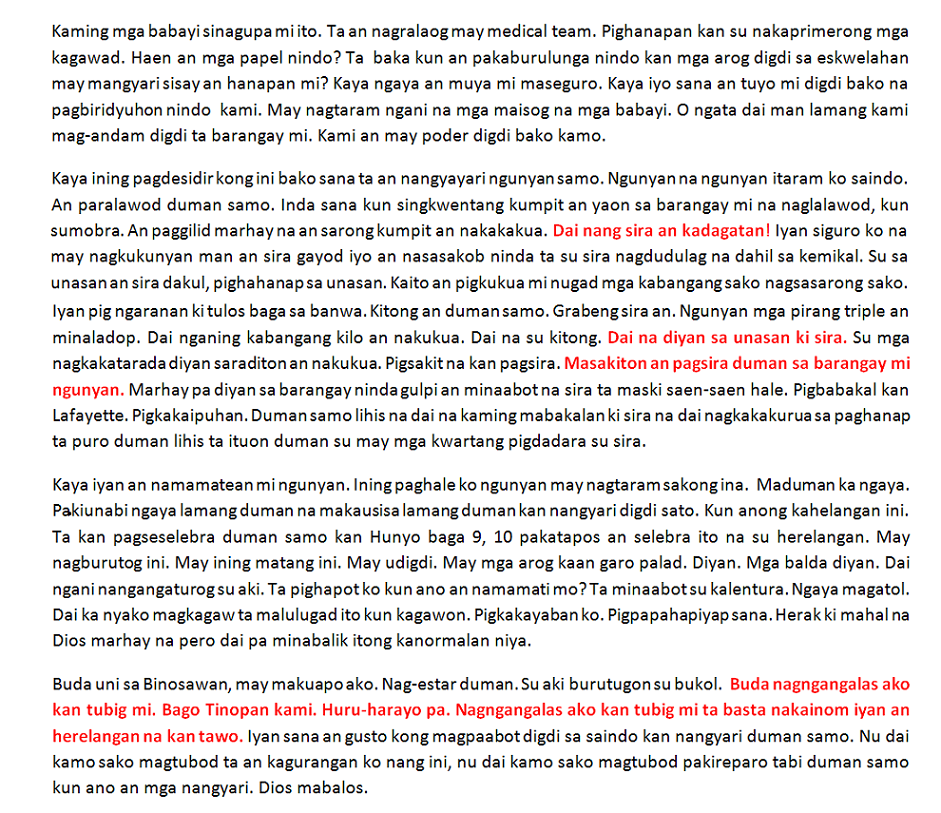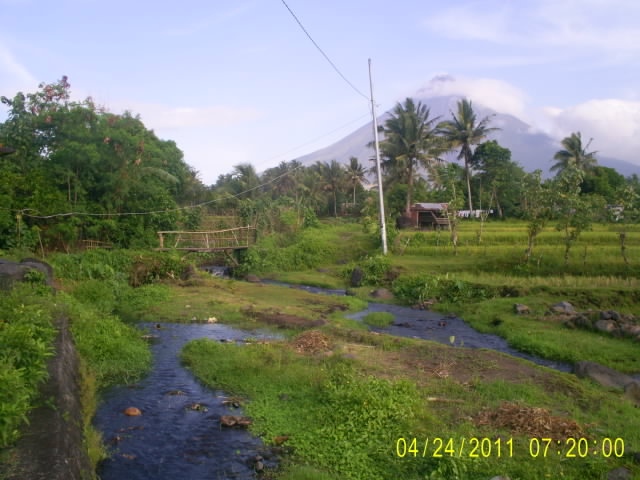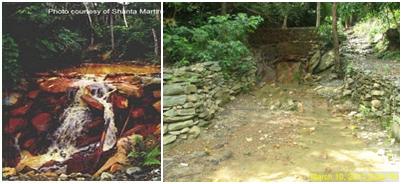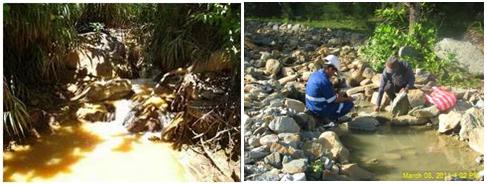Found at: http://denr.gov.ph/article/articleprint/4763/-1/254/
Publishing date: Tuesday, Apr. 08, 2008 (3:46 PM)
Environment and Natural Resources Secretary Lito Atienza encouraged mining companies to improve their community engagement and development programs, stressing that such are proven key factors in the sustainable operation of the most successful mines around the world.
“Mining companies must consult and engage their host communities in charting the social development program they have for them. As the mine advances, the people within and around it must also grow and develop individually and as a community. This is the intention of the social provisions of our mining laws and policies, and this is the way to go for all mines,” Atienza said.
Atienza issued the statement as he is set to witness Wednesday night in Singapore Asia’s first Sustainability Awards in recognition of mining companies that demonstrate achievements in sustainable development. A project from the Philippines , the Tampakan Copper Project of Sagittarius Mines Inc. (SMI) in South Cotabato , is a nominee in the Community Development category.
Atienza said the nomination of the Tampakan Copper Project is not only an acknowledgement of the efforts of its project proponent but also of the standards set by our laws in the area of social and community development.
“It should be noted that SMI is still in the exploration stage and their community initiatives must serve as a model for the local minerals industry,” Atienza added.
Records from the DENR-Mines and Geosciences Bureau show that for 2007 alone, SMI earmarked close to P100 million for various projects managed by its host communities, local government units, and Indigenous Peoples. The projects include educational support for 10,250 elementary to college students, community health support, community capacity building, assistance in the updating of the 5-year Comprehensive Land-use and Development Plan and the Barangay Development Plan, support to the conversion of the Ancestral Domain Claims to Certificate of Ancestral Domain Titles, among others.
The Sustainability Awards was organized by the Asia Mining Congress. Aside from the Best Community Development Program, awards will also be given in four other categories namely: Sustainable Asian Mining Project of the Year; OHS Excellence Award; Human Resource Excellence Award; and Young Mining Personality of the Year (Industry Choice Award).
Atienza left Monday for Singapore for the Asia Mining Congress, where he is also set to deliver a keynote speech and talk on key developments in the industry, including the recent policy reforms and the headways made by the government since launching its revitalization program for mining.
He leads a delegation composed of government and private sector officials including Minerals Development Council (MDC) Executive Director Ramon Paje, MGB Director Horacio C. Ramos, Chamber of Mines of the Philippines President Philip Romualdez. Also attending and delivering presentations on their respective experiences in the Philippines are top executives of Sagittarius Mines Inc. (SMI), Indophil Resources, Royalco, OceanaGold, and CGA Resources.
The Asia Mining Congress is the region’s biggest annual conference which showcases the Philippines and nine other mineral-rich countries in the region, namely China, India, Indonesia, Mongolia, Lao PDR, Vietnam, Cambodia, Malaysia, Thailand and Papua New Guinea, as some of the best mining destinations in world.
































































































































No comments:
Post a Comment